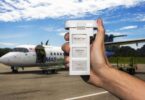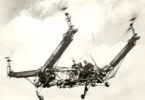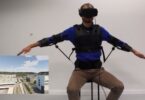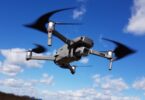We have just returned from a week of skiing in Aspen Snowmass. It was only the 3rd time I skied but this year I really progressed because I had a crazy coach (thank you, Ellen). And as usual, I was a real kid to fly my UAV. So if you’re wondering “how do you fly your UAVover a snowy mountain”, this article is for you. I have a lot to tell you about this first experience of flying a UAV
Flying drones in extreme weather don’t just mean snow, mountains, or Alaska! Because even in Boston it happens to us to have temperatures below ℉ (for the moment it holds its reputation well that).
If you too are planning to go skiing this winter, or to venture to the frigid countries of the world like Iceland, Canada, or the Far North, here are 9 things to consider if you want to take your UAV..
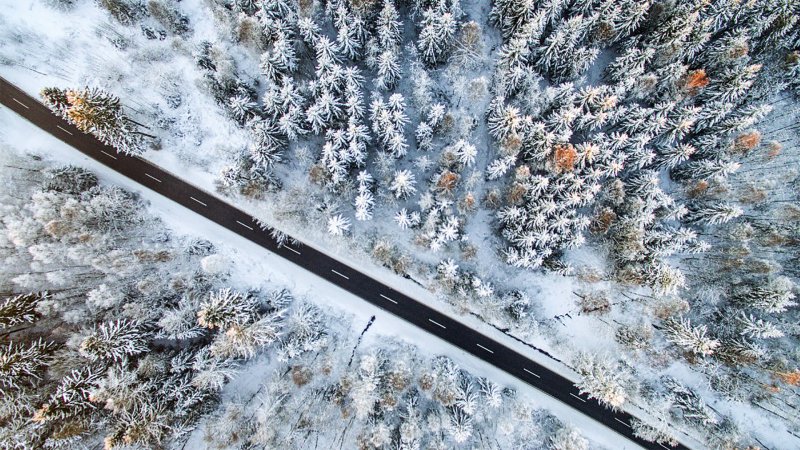
1. The climate of skiing is the enemy of drone flying
Low temperatures
The batteries in the UAVs are called LiPo which means Lithium Polymer. They hate the cold! It slows down their operation and decreases their flying ability. This is why flights are often much shorter when flying a UAV skiing and in cold weather (temperatures below 50℉).
Moisture
The drone contains lots of electronic components and if you fly it in very difficult weather conditions such as cold or humidity, you risk damaging it considerably. You will find a lot of moisture in clouds or fog. And you don’t have to go to graduate school to understand that water and electricity have never been a good match.
The wind
You now know that the snow has a negative impact on the overall operation of the UAV and accessories. But if the wind picks up when it’s already 0℉ degrees outside, you’ll feel like it’s -50℉. In addition to catching a big cold and freezing your fingertips, you’re in real danger of losing your UAV.
It is also super important to check the operating temperatures of the UAV predicted by the manufacturer.
2. Drone flying in cold weather: why does fog appear on the camera?
When you take your equipment out in an extreme environment outside (such as skiing) when it comes from a warmer place or indoors, fog can appear on the camera. It’s actually a heat shock that happens. In fact, I learned in a photo book that some professional photographers and videographers who go to freezing countries do not hesitate to leave their equipment outside all night before leaving the next day to avoid heat shock. Of course, we won’t leave the batteries outside because they hate the cold!
Before taking off, take a look at the camera lens, and if need with a special soft lens cloth or glasses, remove moisture. It would be a shame to film such beautiful landscapes to finally realize to the video editing that the shooting is unusable.
3. Drone flying in cold weather: the state of the batteries
That is one of the most important points. I’ve talked about it before but I really insist: batteries hate the cold. And so the flight time is going to be greatly reduced. It is important to optimize your field outing as much as possible. When we talk about batteries, they are those of the drone but also those of the radio control and the phone or tablet.
It seems obvious but I still prefer to talk about it in this article, the batteries must be in perfect condition. No cracks or swollen. Otherwise, I advise you to put them to recycling and buy new ones. It’s already super dangerous in normal times to fly a UAV with a battery in poor condition, but when in freezing weather, it’s a disaster assured.
To make sure they are 100% charged when you arrive in the field, I advise you to recharge them only 24 hours maximum before going out. The longer as possible is the better.
4. Successfully calibrating compass and IMU to ensure good drone piloting in cold weather
When it is very cold, a DJI drone may ask to calibrate the IMU or compass before take-off. An alert will appear on the phone or tablet screen in the DJI GO app. It didn’t happen to me during this week of skiing but I’ve already had a number of feedback on the Facebook group of people who have had this alert.
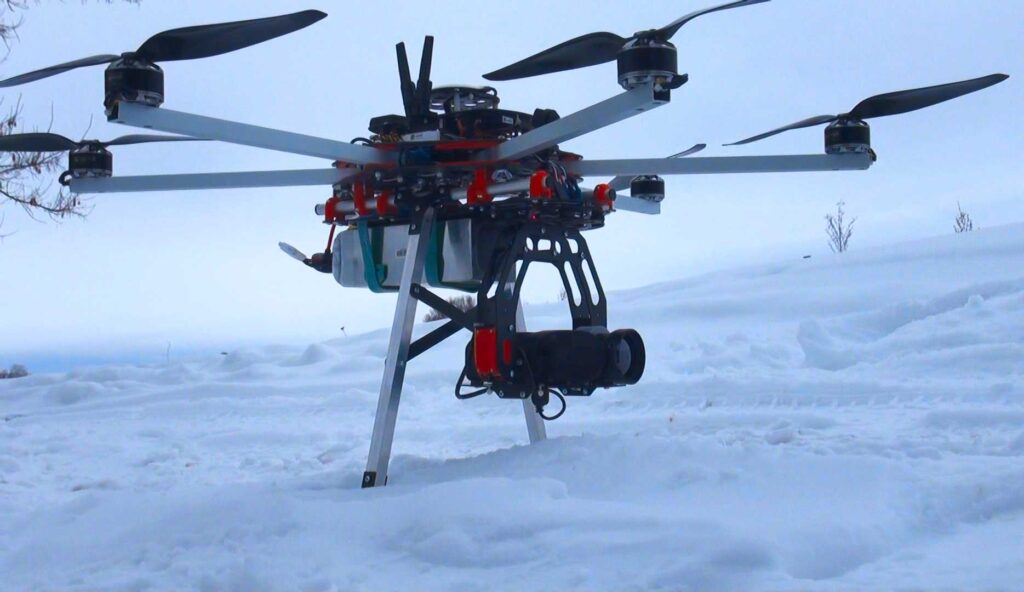
5. The risk of freezing propellers, engines, and sensors during cold weather drone flight
If you decide to challenge the climate and fly your device, the major risk to be exposed is the freezing of propellers, engines, sensors, and the gondola. As you climb to altitude, the humidity in the air or clouds will attach to the device and the temperature will be colder and colder. I’ll let you imagine what’s next.
To reduce the risk of freezing and therefore falling the UAV in the snow, it is super important to wipe all parts of the UAV before take-off.
6. Obstacle detection and positioning vision when flying a drone in snow
It is possible to activate all sensors and obstacle detectors. However, I almost crashed our little Mavic Pro directly in the snow! The lower sensors didn’t work well when I was doing a terrain tracking plan on a snow-covered mountainside. As a result, instead of continuing his ascent quietly following the slope, he ran straight for the snow! Fortunately, the obstacle detectors were activated and stopped the machine.
In fact, obstacle detectors are also very sensitive to brightness and reflections. This sometimes causes sudden stops of the machine, which rises with all its strength, when you pass too close to a surface that reflects the sun like snow.
7. The two essential accessories from a drone flying to skiing in cold weather
- Glass filter
Simply put, it is a polarizing glass filter that avoids reflections on the snow because of too much brightness. It also helps to better contrast colors and facilitates post-production work. It is simply installed (no need for a tool), but remember to set it up before turning on the drone or you risk damaging the pod and thus stabilizing the image.
- External battery (power bank type) for smartphone
This one, too, is a must. It follows us everywhere and luckily when we see the quality of our battery-level phones. This sucks! If you are planning to fly a drone in cold weather, I really recommend it.

